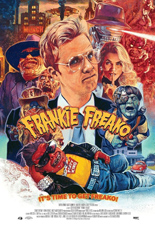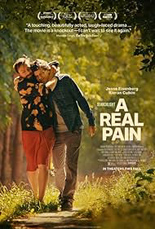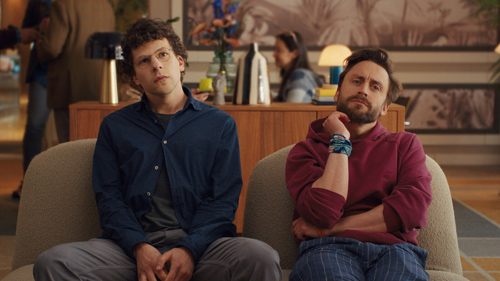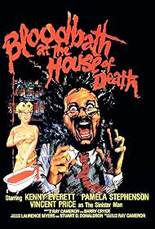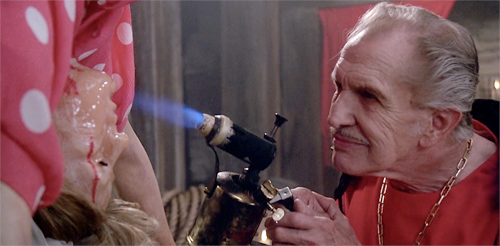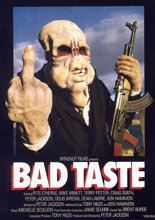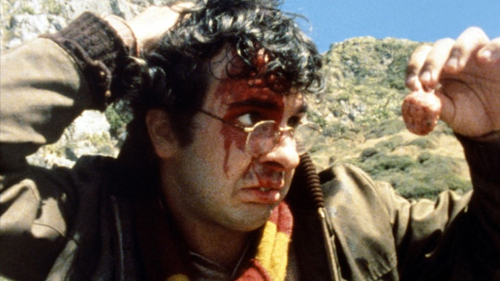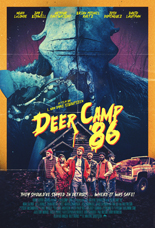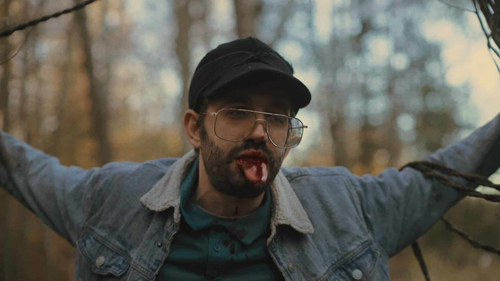
I loved the idea of Garbage Pail Kids and desperately wanted to collect them, trade them and engage in their anti-social behavior. Especially their anti-social behavior.
Sadly, my mother hated them. I wasn’t allowed to collect them, manhandle them, even give a look at the disgusting, fetid, stomach-churning cards. Of course, it made me the odd man out in 1985. Thinking about it, I do wonder how my life would have turned out if I got to take part with the snotty crowd …
Either way, when The Garbage Pail Kids Movie came out in 1987, it ostracized the GPK into nostalgic oblivion — until now, that is, with Frankie Freako coming upon the scene and wiping its butt with it, making me remember that wave of mutilation.
Frankie Freako is the movie that Garbage Pail Kids should have been and, as you can tell, wasn’t. A mixture of gross-out humor and full-on Pop Art sensibilities, it’s all played in a mockingly daft tribute. Frankie Freako provides both a spot-on parody of the “of their time” shock products and a snot-riddled love letter to the terrible fictionalized characters and their very freaky situations.
Freakout!
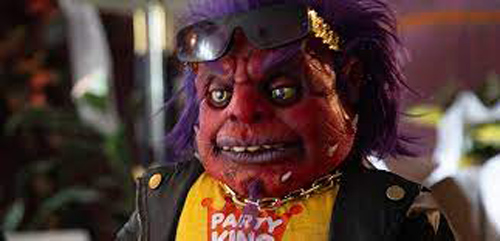
In the movie’s self-referential, low-rent 1980s universe, utterly boring Conor (Conor Sweeney) leads a sterile life of compressed stability with his British wife. Acting on a TV ad for a 1-800 number, he invites the ultimate party animal, Frankie Freako, and his soft-foam diminutive compatriots to the ultimate freak-out.
Understandably, things get very freaky.
As Frankie and friends tear up his place, Conor winces in discomfort. Eventually, they all come to an understanding that it’s okay to be freaky. But when they’re transported to the planet of the freak, they try to get home in the freakiest way possible, which usually means farting, boogers and other bodily distractions.
Although its budget is moderately low and puppet-rigging is quite lax, it completely works. The limited money makes it work, giving Frankie and friends a ribald, sleazy, grotesque personality that is infectious. The live-action actors, really, are secondary to the Freakos, but it really lets them be their whole slobbish personalities and all their affections and it truly works.
With knowing, mocking direction from Sweeney’s fellow Astron-6 member Steven Kostanski, it’s got a rocking attitude with sheer comic depravity. Besides GPK, Frankie wears its stop-motion inspiration on its sleeve, including Ghoulies, Critters and The Gate. It’s a near-perfect distillation of the wack pack of pint-sized monsters on the loose, making everything in its path disgusting, rotten and, of course, totally freaky. —Louis Fowler

